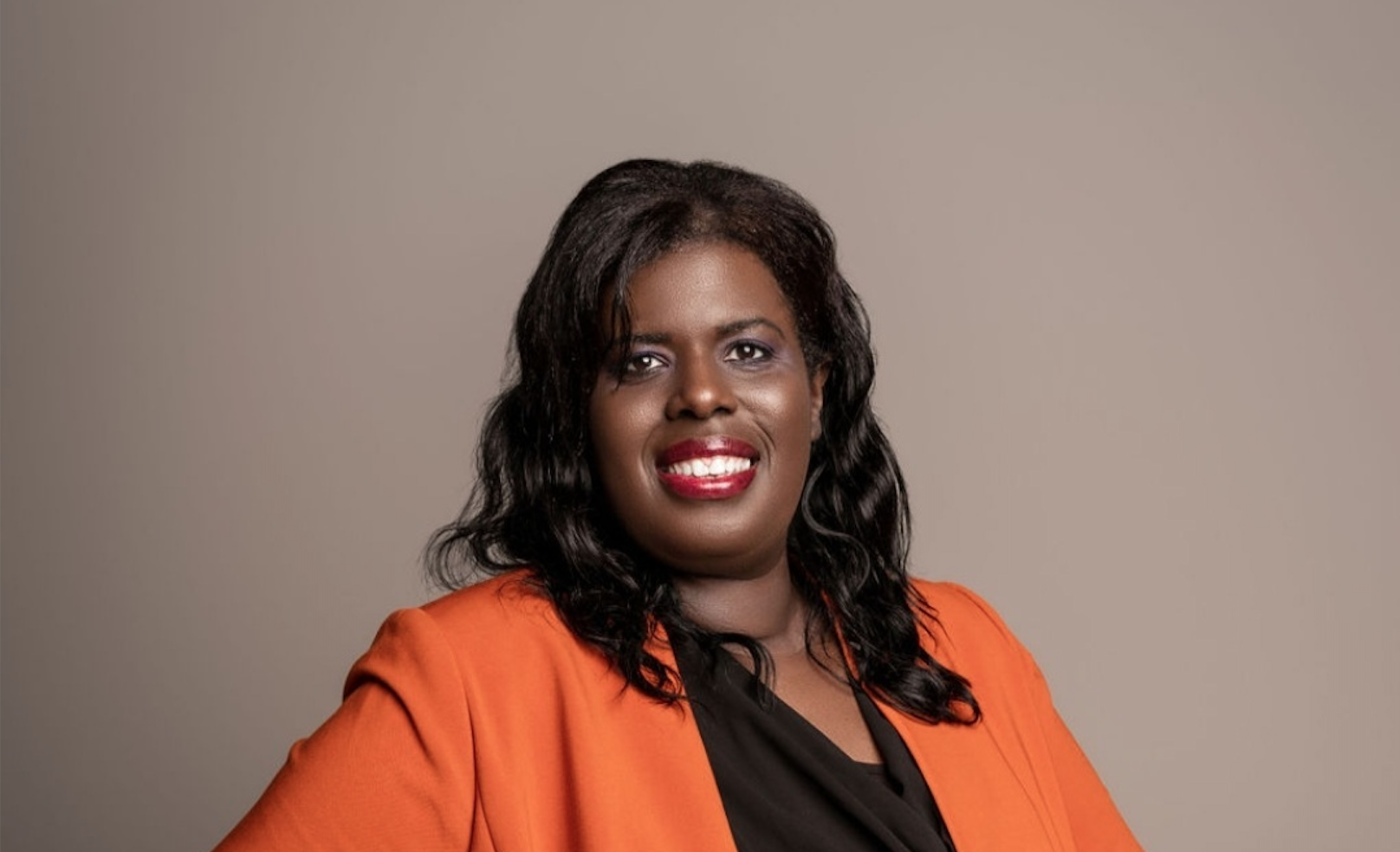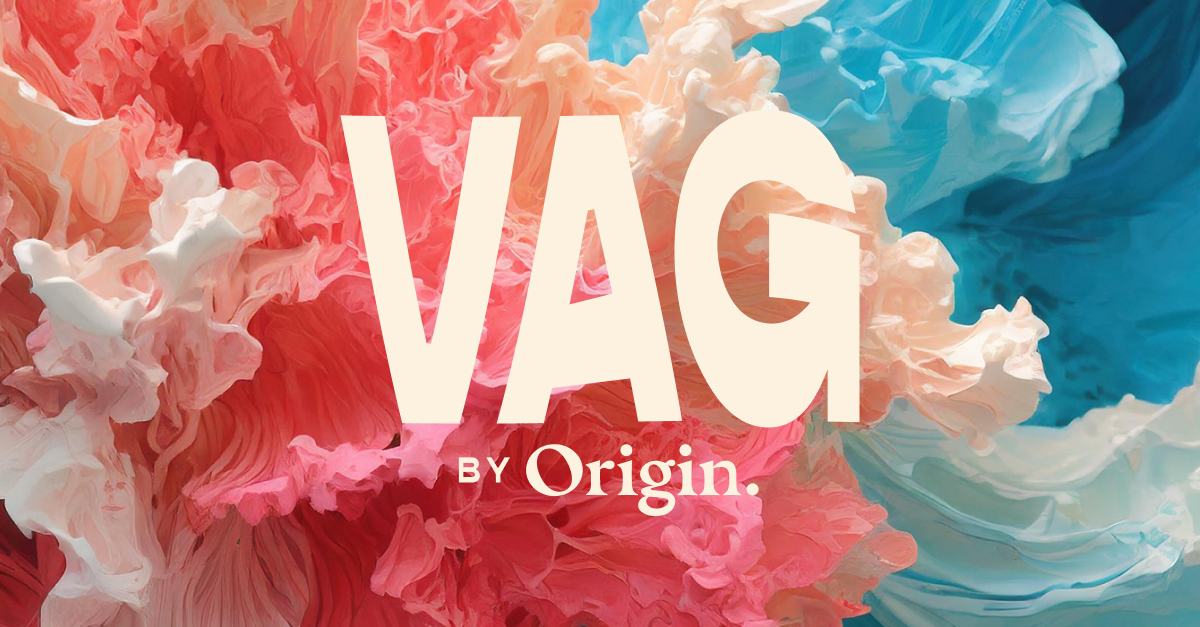
Welcome to another edition of Feminist Friday! Today (June 19) is the annual observation of Juneteeth. As Juneteenth.com explains, “Juneteenth is the oldest nationally celebrated commemoration of the ending of slavery in the United States. Dating back to 1865, it was on June 19th that the Union soldiers, led by Major General Gordon Granger, landed at Galveston, Texas with news that the war had ended and that the enslaved were now free. Note that this was two and a half years after President Lincoln’s Emancipation Proclamation – which had become official January 1, 1863.”
In light of this, and the ongoing conversations in America right now about how to reconcile with the country’s racist origins, how to get comfortable with being uncomfortable with the truth about systemic racism and institutional slavery today, we want to share 3 videos we think will be helpful as you look for resources. They have been helpful to us as we work to be better with our platform.
The first video comes from one of our favorite publications, The Root (seriously, subscribe, follow, do all the things!) which released a video on June 19, 2018 explaining why Juneteenth is important for America as a whole, not just the African-American community.
“Juneteenth isn’t just an obscure black holiday. It should be an American celebration,” says the description. If you are working to unlearn the white supremacist teachings about American history, this is a great place to start. Watch the video below, and share:
The second video this week is another piece of important history that should be taught more widely in schools, colleges and as general cultural and historical knowledge about America – especially in discussions about race, power, equity and equality. The video below, produced by Vox, gives a great account about Black Wall Street, and what happened during what is considered a deadly race riot.
“Nearly 100 years ago, a white mob destroyed an American neighborhood called “Black Wall Street,” murdering an estimated 300 people in Tulsa, Oklahoma. That incident — known as the 1921 Tulsa Race Massacre — has been largely left out of US history books. Today, a century later, the city still has a lot of questions. For one, where are the bodies of the victims? As the city’s mayor re-opens the search for mass graves, we take a look at what happened back in 1921…and why finding these graves still matters to the people of Tulsa,” says the description. Vox also gave a great list of resources for further reading, which we’ve copied and pasted here:
Vox’s reporting on an eyewitness account of the horrific attack: https://www.vox.com/2016/6/1/11827994/tulsa-race-massacre-black-wall-street
The Washington Post’s in-depth story on the massacre and the current challenges of gentrification: https://www.washingtonpost.com/news/local/wp/2018/09/28/feature/they-was-killing-black-people/
And to take a look through more digitized photos, audio, and documents from 1921, check out the Tulsa Historical Society’s collection: https://www.tulsahistory.org/exhibit/1921-tulsa-race-massacre/
Watch Vox’s “The massacre of Tulsa’s “Black Wall Street” below:
The final video this week is a reminder to all that it is not enough to revert to the old ways of getting things done, or looking to systems set up by white leaders to properly address systemic racism. Author and social justice activist Kimberly Jones spoke with David Jones Media about the importance of the #BlackLivesMatter movement and current protests, and the difference between looting and rioting (since both are getting misconstrued in the media and weaponized as a way to discredit any momentum by BLM).
“Kimberly Jones gives a powerful, eloquent speech that needs to be heard by everyone, she explains in detail why this is happening (racism across 450 years) and the difference between protesting, rioting and looting in 2020. On Saturday May 30th filmmaker and photographer David Jones of David Jones Media felt compelled to go out and serve the community in some way. He decided to use his art to try and explain the events that were currently impacting our lives. On day two, Sunday the 31st, he activated his dear friend author Kimberly Jones to tag along and conduct interviews. During a moment of downtime he captured these powerful words from her and felt the world couldn’t wait for the full length documentary, they needed to hear them now,” says the video description.
Watch Kimberly take us all to SCHOOL with these powerful words, a video which has gone viral on social media:

















One thought on “FEMINIST FRIDAY: Learning The History Of Juneteenth & The Massacre Of Tulsa’s “Black Wall Street””